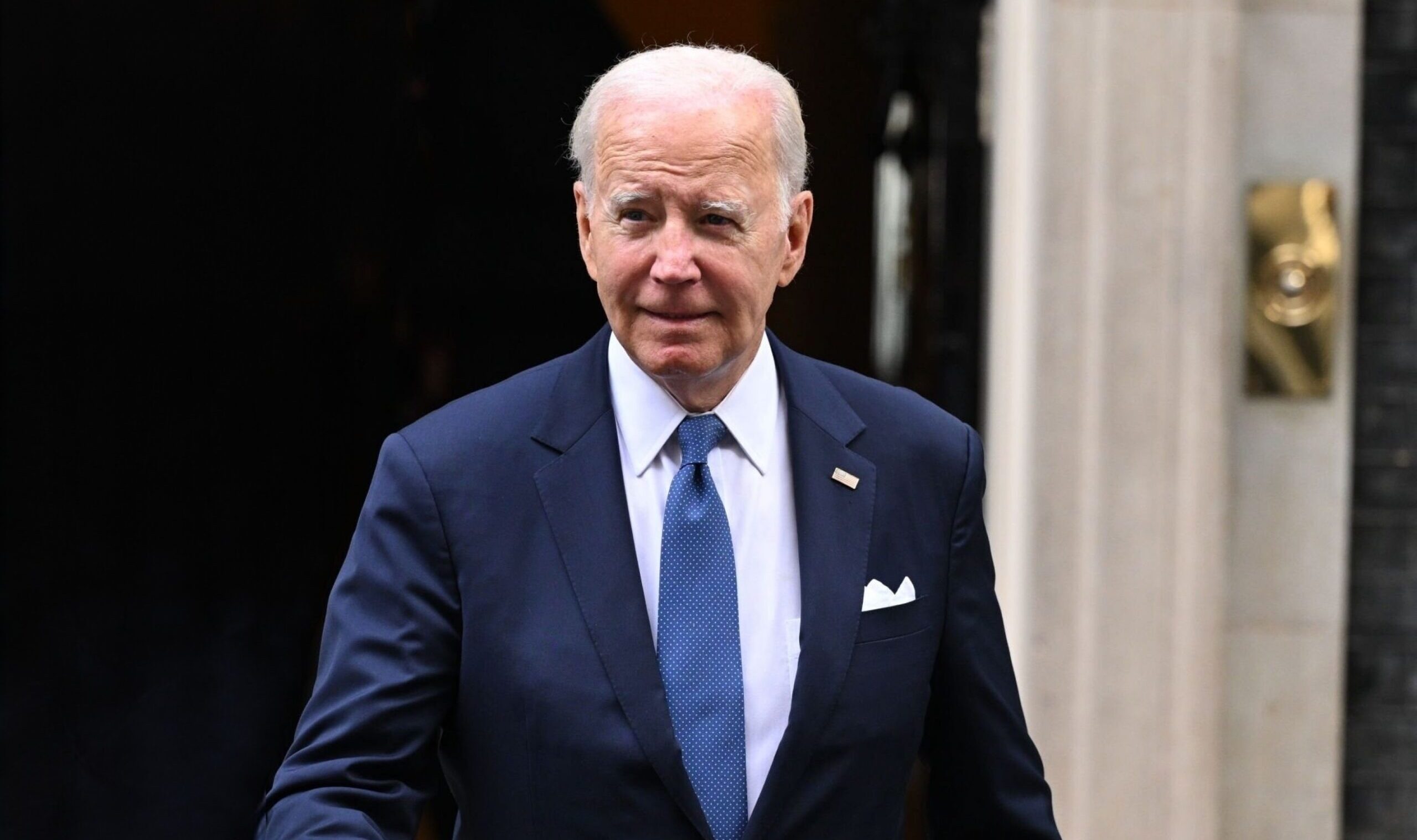Biden’s Middle East Anti-Strategy
American posture in the region is inherently at odds with the goal of keeping Americans safe.

President Biden has launched a military campaign in retaliation for the death of three Army reservists killed in a drone attack on their remote outpost in Jordan. When asked to expand on the president’s strategic aims, John Kirby was evasive. The National Security Council spokesman explained that it was “very possible” the U.S. would pursue “a tiered approach” which could entail “not just a single action, but potentially multiple actions” that would occur “over a period of time.”
This approach obscures the aims of U.S policy with a wink and a smile. Setting aside euphemisms for “going to war,” the proposed activities and timeline are deliberately unclear. Considered in context of Kirby’s remarks, one can safely imagine a campaign that will last longer than discrete strikes but shorter than the war in Afghanistan. Even then, this riposte may only further escalate regional chaos without hastening talk of victory or ticker-tape parades.
Still, one must wonder: What is the objective, and how will we achieve it?
Biden has since reportedly ordered attacks on dozens of targets with ties to Iranian-backed militias in Iraq, Syria, and Yemen. Based upon the administration’s own language, the goal is to restore deterrence, which—outside of arcane, academic language—is code for convincing armed militants to stop shooting at Americans and our allies. Thus far, this approach has yielded scant results other than additional casualties.
The whole mess is a perfect encapsulation of Biden’s way of war in the Middle East. It is an exercise in anti-strategy: murky, reactive, and doomed from the start.
The deaths of those three reservists—two women in their 20s who managed heavy machinery and a middle-aged electrician—was a result of this ambiguity. These soldiers did their jobs, providing unheralded backbone in support of wars most Americans now ignore. Their tragedy is compounded by the fact that it was predictable and, in the circumstances, inevitable; yet in a wider sense, it was totally avoidable.
Predictable, because repeated strikes against militants in the region have thoroughly failed to prevent attacks on U.S. forces. The Biden administration’s lukewarm approach to the elimination of militia leaders and neutralization of their assets has only increased the volume of attacks against American servicemembers. Ironically, the decision to withdraw defense systems, as highlighted by recent reports, not only acknowledged, but seemingly embraced this risk, leaving our servicemembers more vulnerable. This strategic oversight—pulling critical defenses amidst escalating threats—underlines a troubling paradox where the safety of those on the ground appears secondary to broader, yet murkier, operational objectives.
Inevitable, because political miscalculation keeps our uniformed men and women stationed on remote and vulnerable bases in pursuit of a mission that ended years ago. There have been nearly 150 U.S. casualties in Iraq, Syria, and Jordan since October. The relatively low number of deaths is, thus far, a matter of good fortune rather than sound strategy.
Avoidable, because the number of U.S. personnel deployed to these isolated bases is small and easily redeployed. Some of these remote outposts are staffed with no more than 100 people. They could have been moved to sturdier hubs like Al Assad or Muwaffaq Salti Air Bases with little logistical planning other than the assignment of helicopters and the selection of the appropriate afternoon.
These tragic deaths in Jordan also spotlight the flawed rationale underlying U.S. forces’ “by, with, and through” missions on remote outposts at the very edge of our security perimeter. Despite the intention of advising and assisting local forces, these missions often end in failure or yield little lasting success. One may recall the fatal 2017 incident in Niger involving American Green Berets as a further example of high-risk, low-reward operations.
As the saying goes, the buck stops here. And President Biden is on the hook for these profound failures of strategic imagination. Nevertheless, this malign neglect is not confined to the White House.
For years, the Congress has neglected its most solemn duty to authorize, oversee, and (ultimately) end our country’s wars. In this domain, the past 20 years have tested the boundaries of Congressional complacency. The legislature stood pat while successive administrations conducted dozens of wars against unnamed adversaries all over the globe, citing standing authorizations for use of military force (“AUMFs”); namely, the 2001 authorization against those who “planned, authorized, committed, or aided” the September 11 attacks and the 2002 Iraq War authorization.
In his recent letter to Congress notifying the legislature of retaliatory strikes in Iraq and Syria, President Biden applied a “belt and suspenders” approach, invoking both authorizations in addition to a generous interpretation of the Article II prerogative granted the Commander-in-Chief.
Subscribe Today
Get daily emails in your inbox
Biden referred to these statutory authorities because the 60-day window to make war without Congressional approval established by the War Powers Resolution has wound down. The problem with citing these turn-of-the-century authorizations is they simply do not apply to the security challenges posed more than 20 years after their ratification. Can a war authorization sanctioned by the 107th Congress against Saddam Hussein’s Ba’athist regime really justify retaliatory strikes against Iranian-backed Shi’a paramilitaries operating in Syria and Jordan more than two decades later?
Perhaps, but only as an exhibition of executive hubris, and certainly not with a straight face. Nevertheless, absent repeal or substantial revision of extant authorities, Congress holds the bill for any blank checks bounced by the executive.
Of course, none of this absolves the bad guys shooting at Americans. Nevertheless, the president and Congress might consider restoring American forces to a position of strength by redeploying those left in harm’s way. Only time will tell if they can imagine an alternative to leaving them hostage to adversaries in search of something to shoot at.